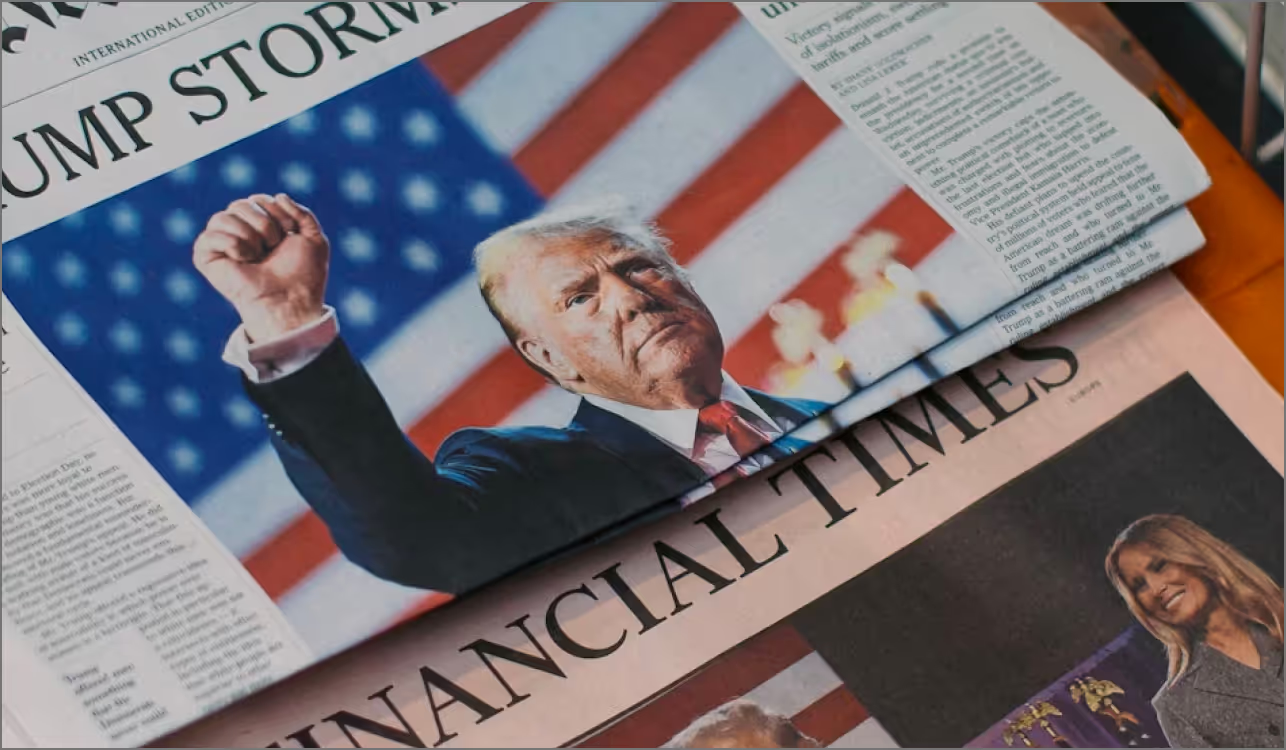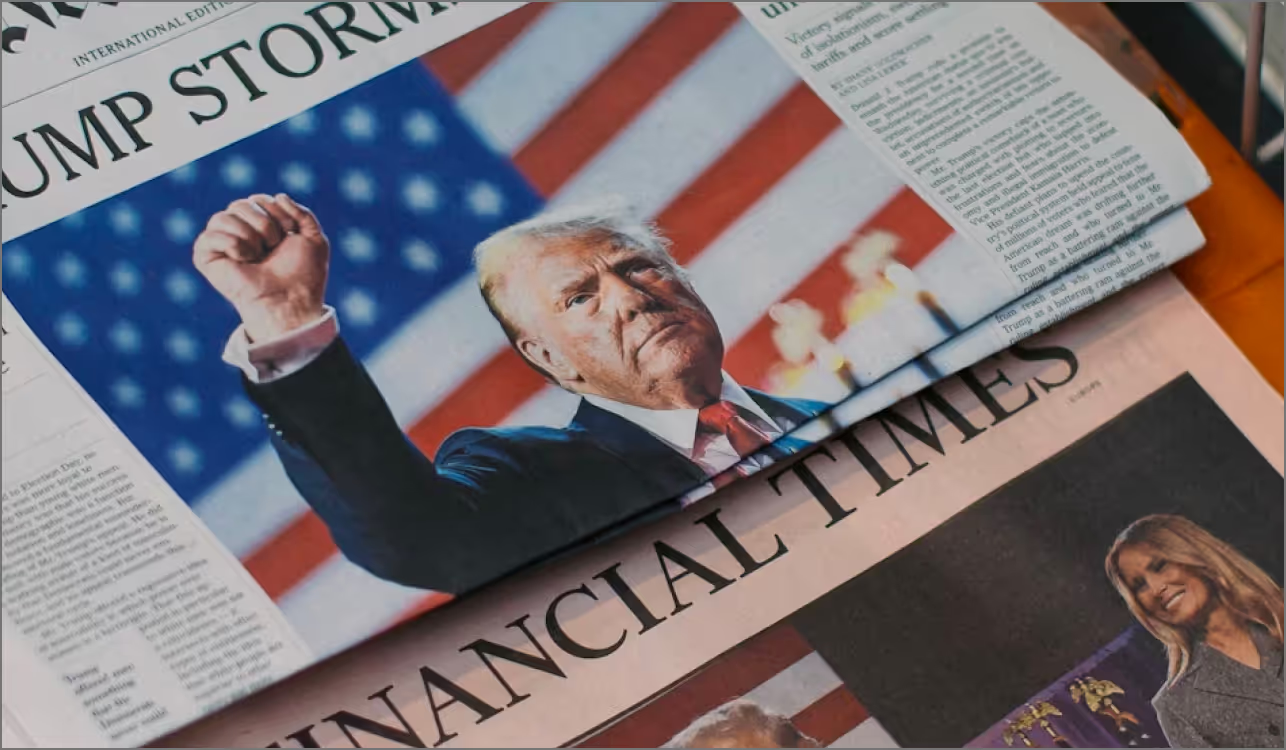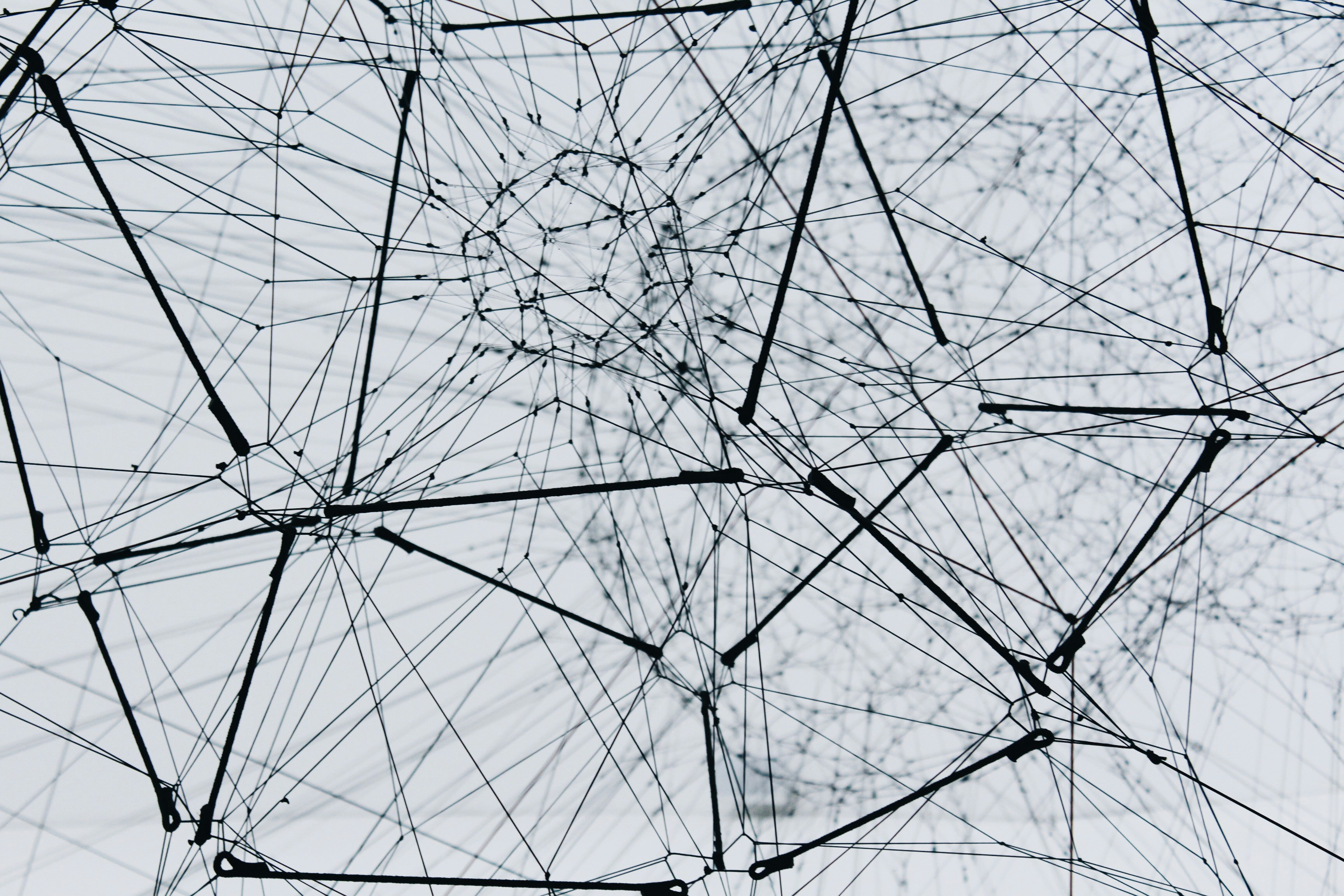Central bank independence is a cornerstone of modern monetary policy, helping countries manage inflation, maintain price stability, and achieve maximum employment.
But when the firewall between politics and central banks is undermined, risks of weakened currencies, increased borrowing costs, and rising inflation are very real.
This helps explain some of the unease that investors, economists, and media have shared since Trump launched a personal campaign to strong arm the US Federal Reserve to lower rates.

At a news conference in July, Trump suggested Federal Reserve chair Jerome ‘Jay’ Powell could be out of a job in eight months (he has 11 months left) and called his Fed chair a ‘numbskull’ for not lowering rates. That epithet joined a long list of insults Trump has hurled at Powell, including “dumb”, “major loser”, “knucklehead”, and an “average mentally person”. Seriously, this isn’t a typo.
Former Fed chair Janet Yellen told The New Yorker in July that Trump’s attacks are the sort “one expects from the head of a banana republic that is about to start printing money to fund fiscal deficits”.
Trump has repeatedly attacked Powell since returning to the White House, targeting him on more than 70 occasions. Most recently, Trump took issue with the cost of renovations at the Fed. When the real estate mogul was asked how he would deal with a project manager who was over budget, Trump said he’d “fire him”.
But behind the name-calling is a serious signal: the president wants control over US interest rates, and he’s being characteristically unsubtle about it. While this financial soap opera plays out in Washington, Fed decisions can affect global interest rates, capital flows, trade and liquidity, financial stability, the dollar’s exchange rate, and the value of cash, bonds and stocks. Eek.
Since President Trump is making clear his frustration with chair Powell’s failure to cut interest rates, let’s dive into the history of central bank independence and the hard lessons that got us there.
Party pooper
The Fed’s independence has been stress-tested before, most notably in the mid-1970s when the US was being hammered by double-digit inflation.
Fed chair Arthur Burns (1970-78), friend and loyalist of President Richard Nixon, had been charged with keeping rates low as the Republican prepared for the 1972 election. But lights on the dashboard were already flashing red. The inflation rate in 1972 stood at 3.21%. A year later it had creeped up to 6.22%.
Nixon got his wish. The Fed kept interest rates low, expanded the money supply and the country went red in ‘72, when Tricky Dicky won 49 of 50 States. The real pain came later, as the US entered a period of stagflation, characterised by slow growth, high inflation, and high unemployment. Inflation peaked at 13.5% in 1980.
By the 1980s, it was up to Fed chair Paul Volcker, appointed by Democratic Party president Jimmy Carter in 1979, to clean up the mess left by Nixon and Burns. Volcker hiked rates to nearly 20% in a drive to stamp out the double-digit inflation, triggering a recession. While unpopular at the time, the move paid off. By the time Volcker left office in the summer of 1987, inflation was down to 3.4%.
Volcker’s actions were in line with the mantra of an earlier Fed chief, William McChesney Martin, who said in 1955 the central bank’s job is “to take away the punch bowl just as the party is getting going”. In other words, the Fed must be willing to take action for the greater good, that few want, at just the right time, all the while free from (political) party pressure. To do that, it must not be a stooge of the presidency.
The Volcker shock ushered in a period of macroeconomic stability in the US often called the “Great Moderation”, which defined large parts of the period right up until 2008’s financial crisis and, some say, beyond.
We also saw a similar pattern emerge on this side of the pond, but only after politicians in the UK made some fatal errors in trying to shape monetary policy to their political ends.
Black Wednesday
The UK’s exit from the European Exchange Rate Mechanism (ERM) in September 1992, known as Black Wednesday, exposed the shortcomings of inflexible top-down political monetary policy.
In 1990, the UK and other European countries committed to keep exchange rates within a narrow band pegged to the Deutsche Mark, the bloc’s anchor currency, at a rate that the market believed overvalued the pound.
Inflation in the UK was much higher than Germany. The UK was also suffering from low productivity growth and a weak economy having recently emerged from a recession.

It all came to a head on 16 September 1992. Despite raising rates twice in one day and spending billions trying to prop up the currency, the pound collapsed and the UK was forced to crash out of the ERM.
The man who broke the Bank of England
While the backdrop set the stage for the crisis, veteran investor George Soros precipitated the crash of September 1992 by betting against the pound, accumulating around a $1 billion position. He believed the UK’s position by 1992 was untenable, as the Bank walked a tightrope of maintaining the ERM/mark peg while attempting to stave off a recession domestically.
Soros’ Quantum Fund borrowed billions of pounds, which he then sold, pumping up demand for dollars, marks, francs, and guilders, while flooding the market with pounds sterling. By the middle of September, the value of the pound had dropped 15% against the mark and 25% against the dollar. Black Wednesday saw Soros clean up, making about $1 billion in profit.
In the long term, Black Wednesday allowed the UK to regain more control over its economic destiny. The UK was able to lower interest rates and inflation, stimulating its exports and growth, and paved the way for the Bank’s inflation targeting mandate.
The Old Lady of Threadneedle Street
The Bank of England was given “operational independence” to set interest rates in 1997, in a surprise move New Labour chancellor Gordon Brown described as the most radical reform in its 300-year history.
Under the new framework, the government would set an inflation target, but the Bank’s Monetary Policy Committee (MPC) would independently decide how to achieve it. The Bank’s primary goal is price stability, but its remit also includes supporting growth and employment. But, like the US Fed, it’s not immune from political pressure.
Politicians from both major parties have criticised the Bank over the years for misreading the inflation picture or moving too slowly on rates. During her brief premiership, Liz Truss questioned the Bank’s track record on inflation and hinted at reviewing its remit. Her comments spooked investors, and prompted former chancellor and central bank independence architect Gordon Brown to defend the Bank’s autonomy. The notorious 2022 Truss-Kwarteng ‘mini-budget’ saw fiscal policy collide with monetary credibility, forcing the Bank to step in, reasserting its credibility and calming markets.
Independence 🤝 credibility
Central banks are major players in any economy. But when they serve political masters, to finance deficit spending or goose national economies ahead of elections, they risk punishing investors and consumers.
To achieve their goals, central banks must act independently, free of political whims and election cycles. If investors sense interest rate decisions are being driven by politics, they start pricing in risk. Even a whiff of interference can spook the markets. The arm’s length approach we see across the world is the result of decades of seeing what works, and what doesn’t.
To resist such control, central banks have learned to be more transparent. They must explain their decisions, publish minutes, and engage with their Parliament or Congress. This is in contrast to the old-school style of Montagu Norman, Bank of England governor during the 1920s-30s, who said: “Never explain, never excuse.”
Today, a central bank’s credibility and clarity of message underpin its independence. As Powell put it in 2023, the Fed must “continuously earn” its autonomy through accountability.
Now Powell is facing a different sort of test as he squares up with Trump.
While the idea of a president removing a Fed chair is uncharted territory, US federal law says the chair can be fired “for cause.”
“I’m going to put somebody [in the Fed chair] that wants to cut rates. There are a lot of them out there,” Trump said at an Oval Office event in June. An unprecedented move, to say the least. Not to mention, unpopular with finance journos, investors, former Fed vice chairs, bloggers, and economists alike.
Independent central banks build confidence. Undermine their autonomy and you risk the one thing markets hate most: uncertainty. Credibility is currency. And it’s central banks, not presidents, who mint it.
Important information








.avif)



